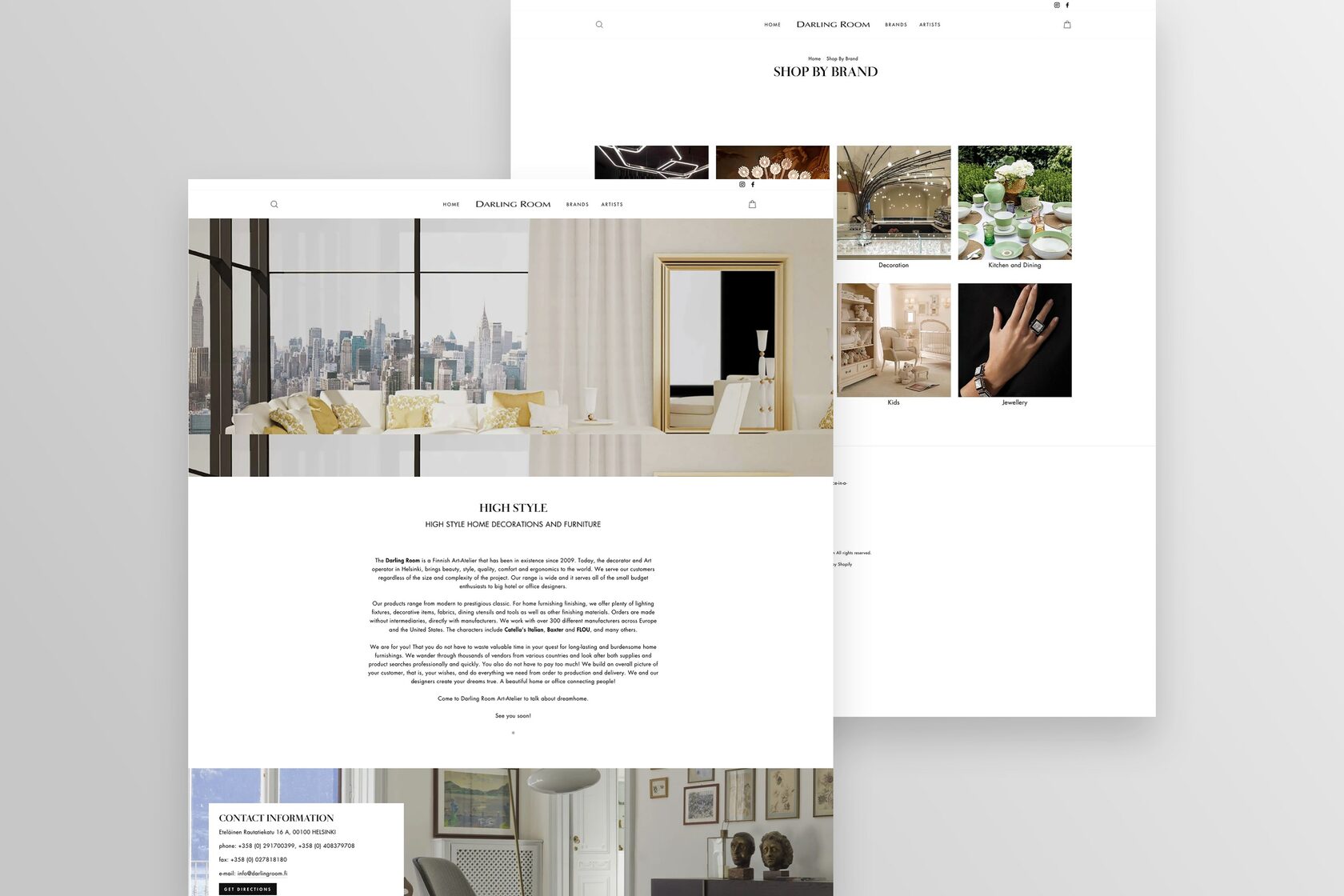Process: we designed in Figma and built a website using Shopify.
Outcome: client got a brilliant site that increased conversions.
The Website
The beautiful website designs from a couple of weeks of work
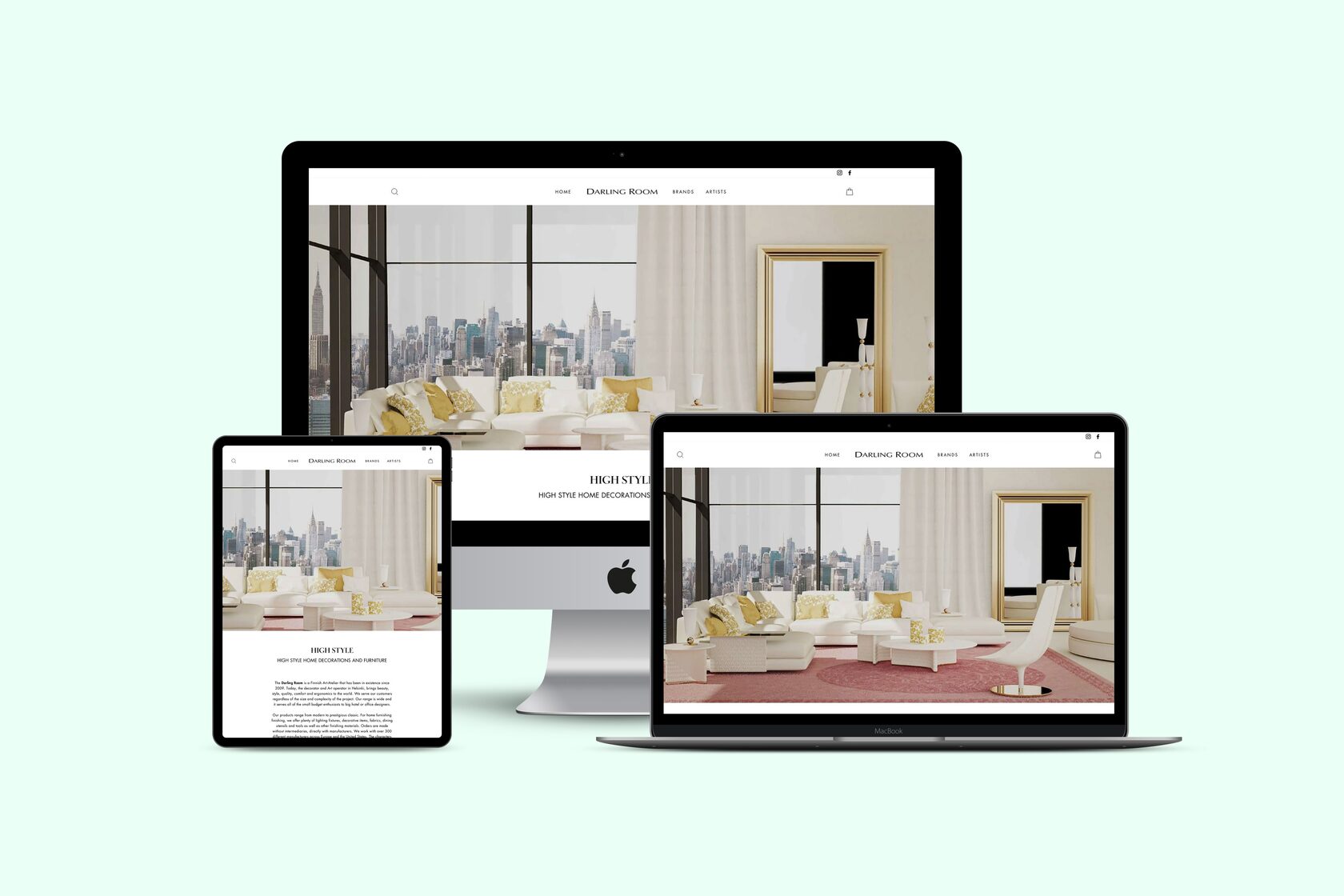
Design
We developed the site 15 years ago in Magento. In the first months, it was the prospect of better customer engagement. Then, we thought about a redesign. The general thing that interested us was to build self-explanatory and concise navigation since the site's offerings are comprehensive and complex. The site's goal was to be clear, precise and straightforward, to inform the user about the products, and, when they start buying them, to make them feel the best experience in their life.
Challenges
It was a quest to show the products to the not brands-savvy audience. The main client's challenge was that the site was for both new and old customers. When the old customer was using the site, they had navigation to go to the familiar products.
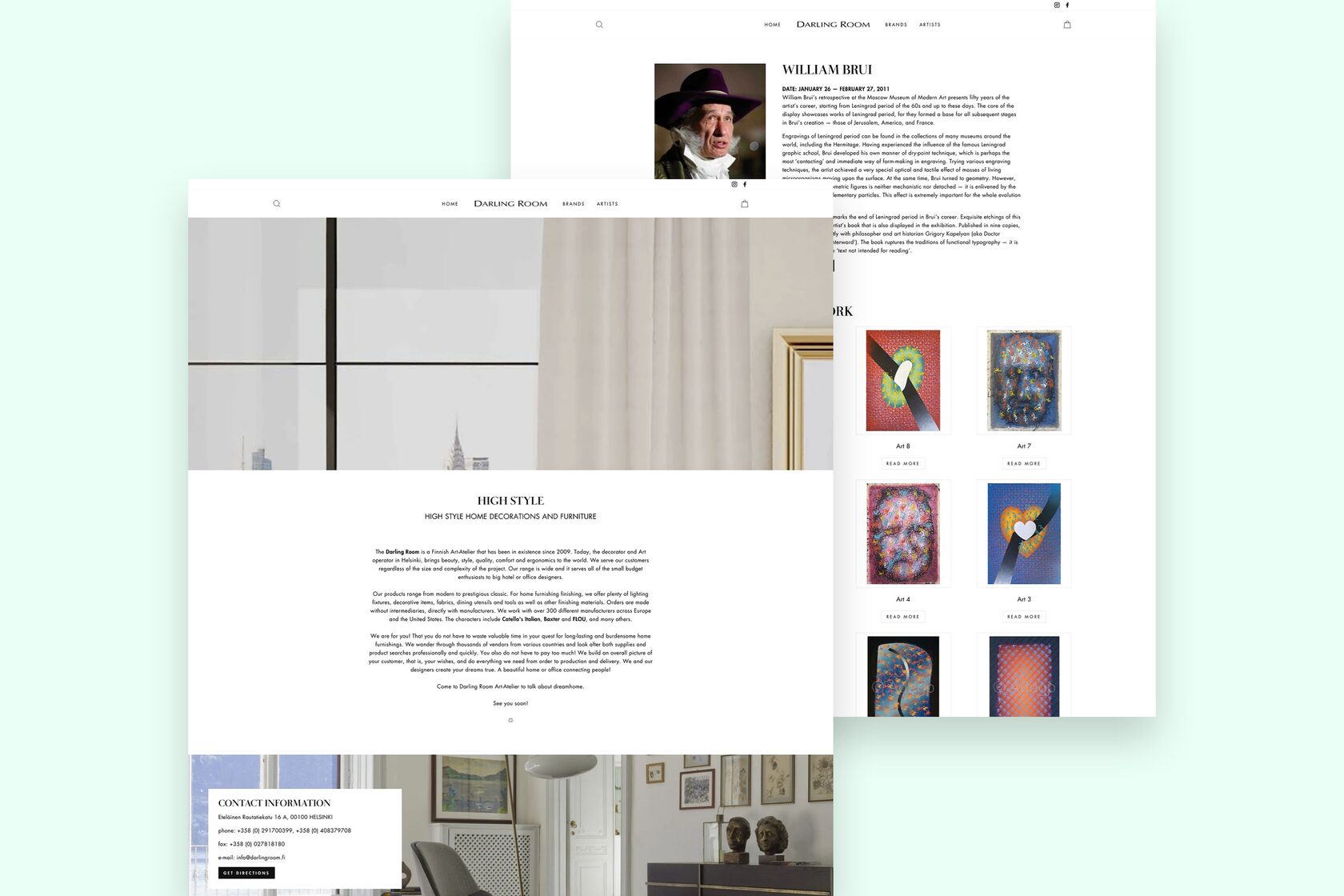
Process
Communication Before we start the UX process, we have to communicate with the company:
They have to accept our proposal for us to continue with our research and development. If the client does not give consent, we cannot do any further research and development.
We have to sit down and write a document about how the new website will look and the goals. Then we have to schedule a phone call with the client and present our ideas to them.
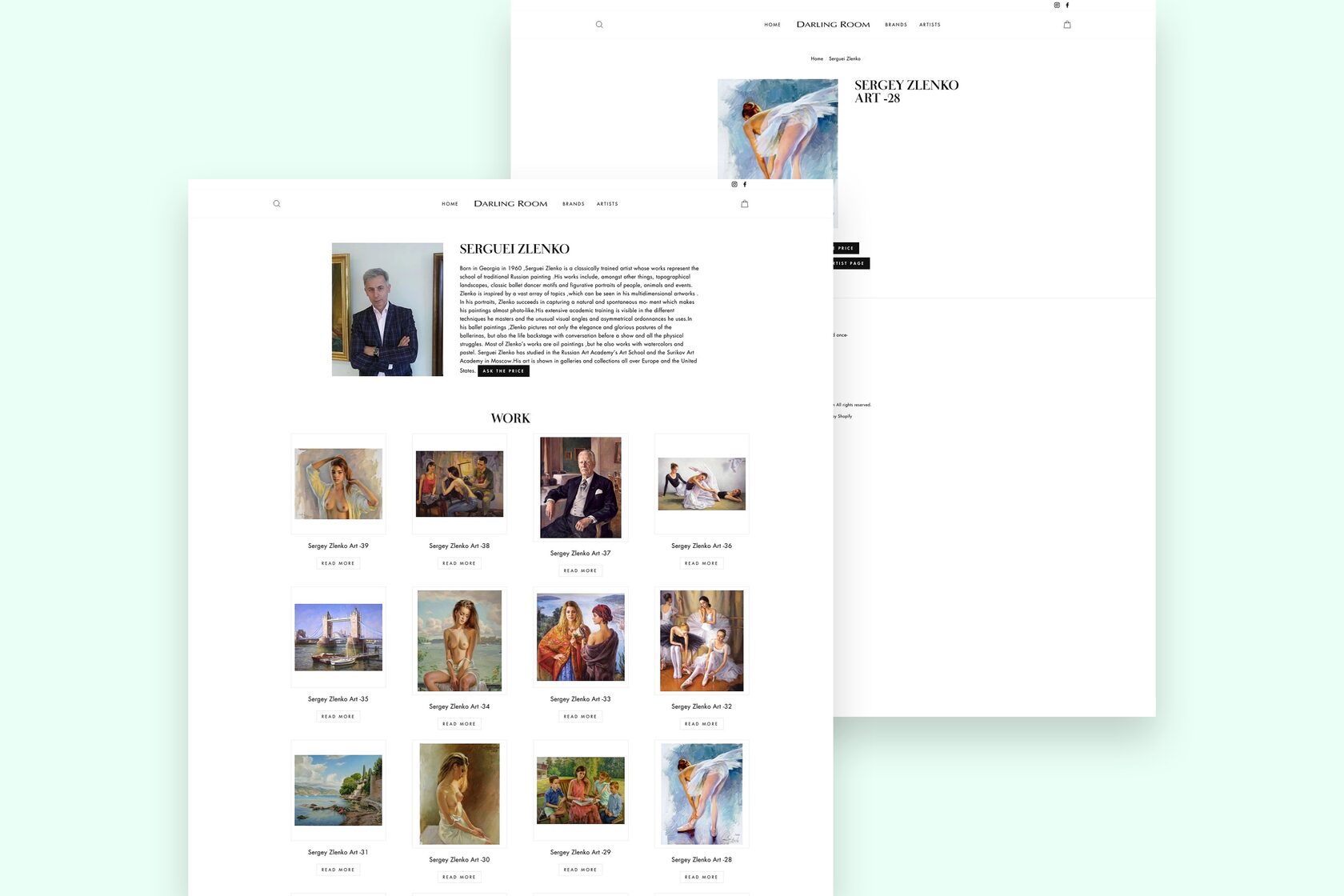
We analyze what the client likes or dislikes about their current site. We have to change the clients' mindsets about web design and how they expect their websites to look.
We have to communicate with the clients about all the issues we face while developing the site.
Step 1: We started with the strategic research on the site design. We firstly surveyed to determine the type of customers the web store attracts. The goal was to see if there were any commonalities among the target customers.
Step 2: Next step was to collect information on the total number of customers, shopping behaviour and shopping cart abandonment.
Step 3: During the next step, we prioritized the main goals: creating a product design that satisfied the customer, increasing the number of customers and getting them to complete the purchase.
Step 4: We made the design concept that would fulfil all the goals.
Step 5: After completing the idea, we reviewed it with the client and created the redesign of the furniture and design accessories store in Figma. Finally, we built a website using Shopify.
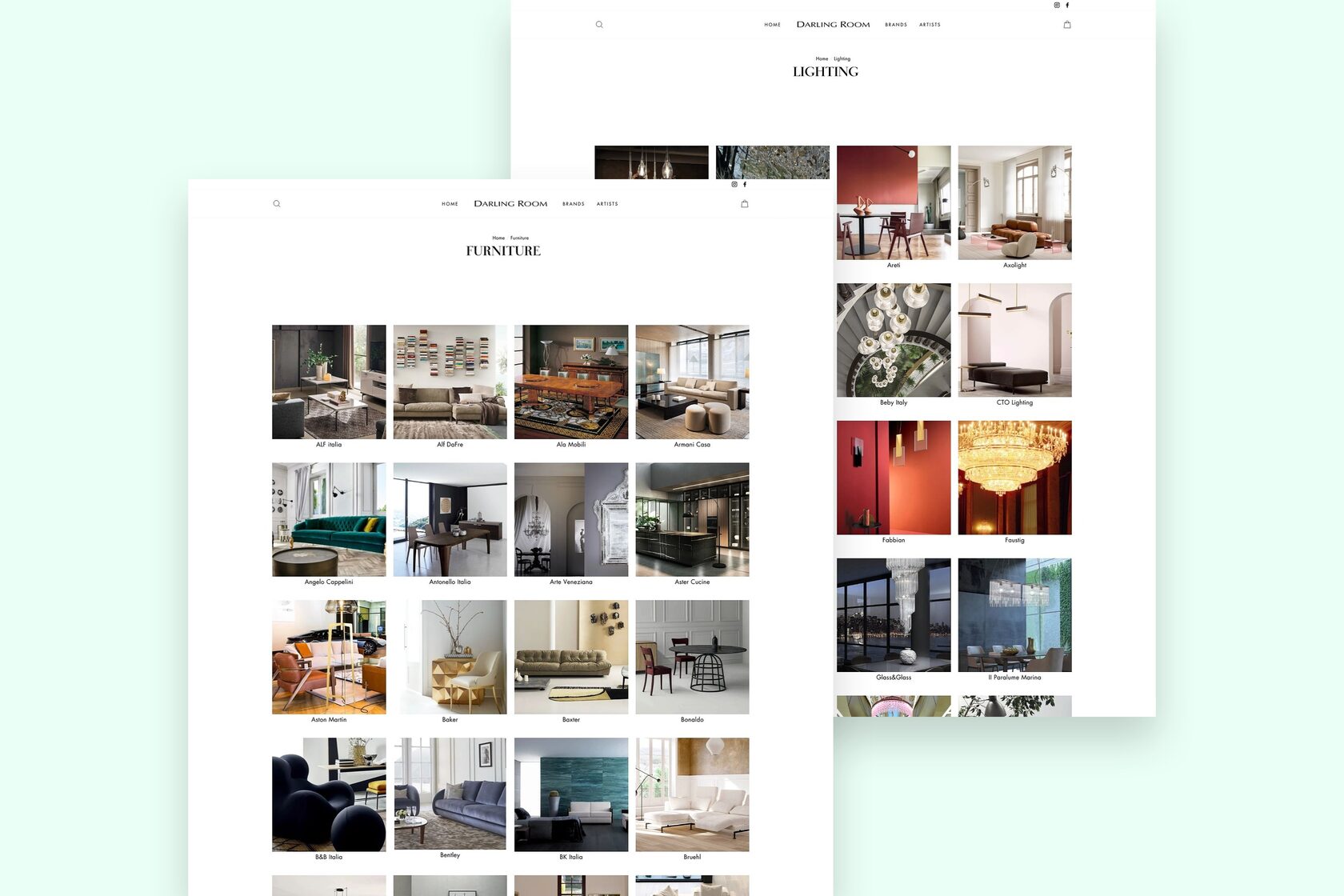
Outcome:
The client's online presence has been improved, and they're now experiencing increased sales and conversions because we integrated the latest marketing trends and strategies into their design. They're getting more visitors and buyers while using fewer resources.
